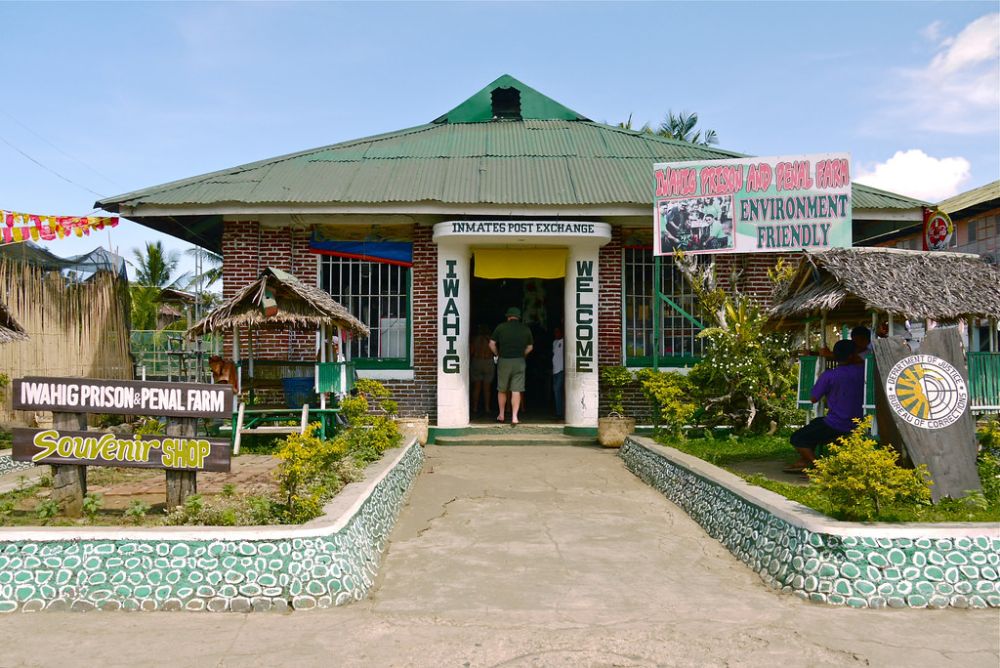

Located in the picturesque City of Puerto Princesa on Palawan Island, the Iwahig Prison and Penal Farm is a remarkable testament to the Philippines' history and its approach to correctional facilities. Tracing its history back to the American colonial period, the prison was established in 1904 to deal with the overcrowding of prisons in Manila.
Iwahig has since evolved, stretching over 26,000 hectares and operating both as a correctional institution and a productive farm where inmates engage in agricultural activities, handicrafts, and other livelihood projects to improve their skills and reduce recidivism.
The early 20th-century concept behind Iwahig was to create a rehabilitating environment rather than a punitive one. Prisoners with lighter sentences were sent here to work the land, learn trades, and effectively reintegrate into society. Its unique approach gained recognition, making it a notable model of penology at the time.
Tourism interest in Iwahig has slowly built up over the years, with visitors intrigued by the idea of a "prison without bars." Unlike typical correctional facilities, Iwahig offers a sense of freedom for its inhabitants, with minimal perimeter fences in certain areas and an emphasis on rehabilitation through communal living and work.
The establishment of Puerto Princesa Subterranean River National Park as a UNESCO World Heritage Site in 1999 and as one of the New7Wonders of Nature in 2012 increased international attention to the region, indirectly benefiting sites like the Iwahig Prison and Penal Farm.
In recent times, Iwahig has embraced its dual role, providing visitors with a unique cultural and historical experience. Tourists can take guided tours to gain insights into the daily lives of the inmates, the farm's history, and its operation. The main attractions include:
Community involvement plays a significant role in the prison's operations, and the sale of inmate-made goods is an important aspect of their rehabilitation process. Tourists are encouraged to support these rehabilitation efforts through their patronage.
Plans for tourism in Iwahig are focused on ensuring that it remains respectful and sensitive to the inmates while providing an educational and authentic experience for visitors. The management has been actively working to enhance sustainable tourism practices, preserving the site's integrity and ensuring the welfare of its residents.
The Philippine government, alongside local organizations, is continually assessing the impact of tourism on the penal farm, striving for a balance that benefits both the inmates and the local economy. As a destination, Iwahig remains a profound example of the complex interplay between culture, history, and the corrections system within the scope of the tourism industry in the Philippines.